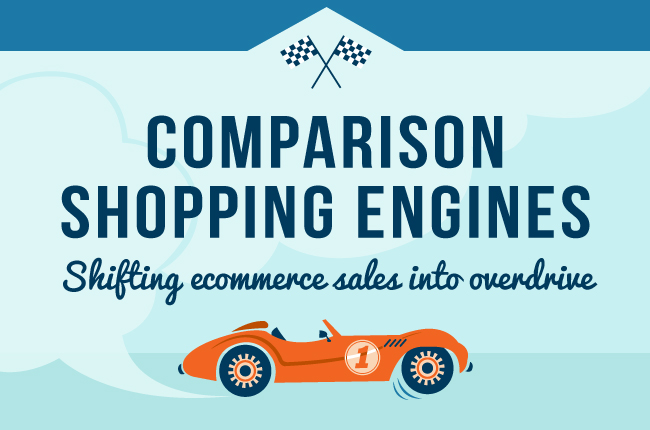Posts Tagged: search engines
E-Commerce Videos: Benefits And Optimization Best Practices – Retail Spokes Blog
For a long time, retailers held back from adding video content on their eCommerce sites. This delay was due to high production and hosting costs, inept distribution and marketing channels, and few optimization opportunities. All in all, there was no clear ROI for the investment. Today, technology advancement has cleared most of these roadblocks. About 68% of top 50 US online retailers offered some kind of video content on their site in 2009 (eMarketer). This number is growing rapidly as adding video content has now become the second-highest priority of multichannel retailers. According to a recent Forrester Research study, videos are 53 times more likely to generate a first-page ranking than traditional SEO techniques.
How Comparison Shopping Engines Are Innovating – Retail Spokes Blog
I always get into an argument with a friend who works at a first generation Comparison Shopping Engine (CSE). My opinion that CSEs need to do much more than just provide price comparisons does not fare well with him. His mantra – “Get shoppers in and out as quickly as possible and run with your cut”. Until recently, no one seemed interested in engaging shoppers, or providing better experiences. But, what my friend doesn’t realize is that the CSE world is changing. What was once considered taboo is soon going to become a hygiene factor. And, new breed of Comparison Shopping Engines are leading the charge to see about this change.
Decline of Comparison Shopping Engines – Retail Spokes Blog
Comparison shopping or ability to compare prices was (and to a large extent continues to be) one of the greatest innovations since the advent of internet shopping. Why? Because it put shoppers in control of the single most important shopping insight – ability to find the best price. So, understandably, comparison shopping engines (CSEs) were once a rage. But, they are constantly losing their clout with advent of new technologies and pressure from players like Google and Amazon. Here are some of the factors that are taking away CSE traffic:
Search engines are investing on their own shopping platforms
Google and Bing continue to evolve their own product search platforms. In addition to standard product information, they are enriching product pages with content like product reviews, videos and related products. There is a clear conflict of interest when it comes to product related search results. And, guess who wins? It is definitely not CSEs.
via Decline of Comparison Shopping Engines | Retail Spokes – Online Retail Focused Content Solutions.
Bing’s Content Dilemma – Retail Spokes Blog

As shoppers become skilled at online shopping, eCommerce sites have to find new ways to keep them interested in their offerings. Any initiative to solve that puzzle starts with content, and effective experiences can only be created with integrated analytics. Understanding user’s context and deriving intelligence from actions is an integral part of the mix. Here are some benefits of content enrichment when combined with analytics:
via Bing’s Content Dilemma | Retail Spokes – Online Retail Focused Content Solutions.





3 Deadly LinkedIn Profile Mistakes To Avoid – Disqus Comment on Jeffbullas Blog
The sad truth is you are probably committing 3 deadly mistakes that turn you into a leper on LinkedIn.
If it makes you feel any better, you aren’t alone—thousands of people are making these 3 LinkedIn profile mistakes, turning their social media efforts into a giant waste of time.
Now I won’t bother tell you that you need a professional profile picture or recommendations on your LinkedIn profile. Those are a given. This article will explore the science of personal branding—why most people blend into the background and are instantly forgotten on LinkedIn.
Fix these 3 mistakes and you will immediately elbow your way past the hoards of competition and make a much better first impression on LinkedIn.
via 3 Deadly LinkedIn Profile Mistakes to Avoid – Jeffbullas’s Blog.